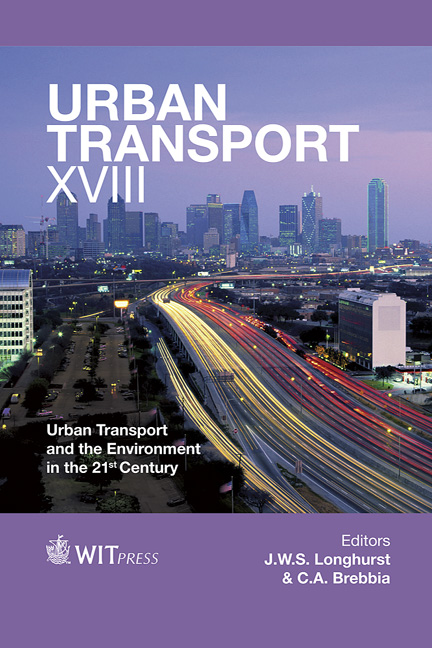Harm Minimisation In A School Zone: A Strategy For Sustaining Pedestrian Safety
Price
Free (open access)
Transaction
Volume
128
Pages
8
Page Range
165 - 172
Published
2012
Size
377 kb
Paper DOI
10.2495/UT120151
Copyright
WIT Press
Author(s)
Z. Ebrahim & H. Nikraz
Abstract
In an endeavour to achieve high, Australia has directed its attention to the Towards Zero strategy that involves aiming for no fatalities on the road. Road crashes are costing Australia $18 billion every year. This paper highlights the sustainability benefits of the 40km/h school zone that has provided safer roads, higher savings and socially pleasant environments. It examines why school zone drivers are prompted to slow down and elsewhere they are not. They are the same drivers, but on different segments of the road network. This safe driving behaviour needs to be shifted to roads outside the school zones. A comparative analysis of the recent enforcement data has focused on two detection types, the ‘On the spot’ and ‘roadside’. Results show that two domains need to be continuously proactive: the no fatality approach and the harm minimisation approach (minor injuries rather than severe). The paper focuses on changing the detection type according to the environment of the zone. This is considered as the ultimate unfailing planning enforcement support. From an engineering view point, the remarkable flashing 40km/h limit signs may have proven to be of impressive benefits in terms of drivers obeying the speed limit. The signs are bright and clear and most of all alerting as they flash, causing fast drivers to observe them and adjust their speed. It is concluded that the aim of achieving sustainability is to manage and monitor the maximum benefits of the trade-off between the diminishing returns in achieving highest harm minimisation and a police presence between school and non-school zones. Keywords: school zone, roadside, on the spot, TINs, sustainability.
Keywords
school zone, roadside, on the spot, TINs, sustainability.





